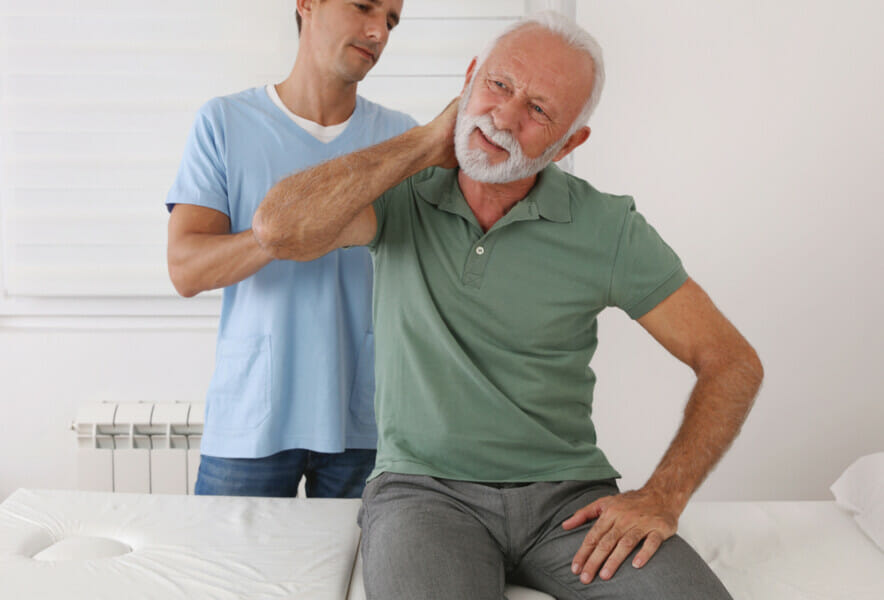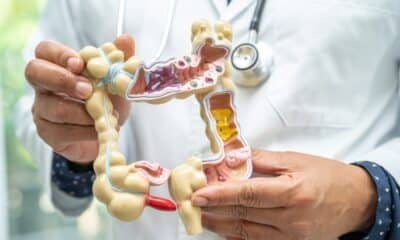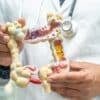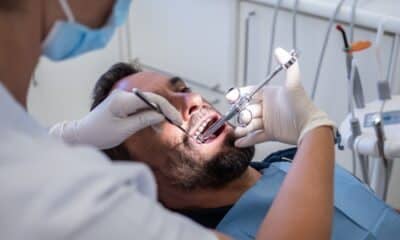Treating Lumbar Spinal Stenosis without Surgery or Medication
Lumbar spinal stenosis is a common condition affecting around 11 percent of older adults in the United States, characterized by the gradual narrowing of the spine leading to pain and discomfort.
While nearly 20 percent of individuals over 60 show signs of spinal stenosis, not all experience symptoms. However, for those with severe conditions experiencing back pain and numbness, seeking medical treatment is necessary.
Though surgery is a common recommendation for treating spinal stenosis effectively, it is not the only option. Non-surgical approaches can also be effective in managing the condition without the need for invasive procedures.
Here are some non-surgical methods to alleviate spinal stenosis:
Alternatives to Spinal Stenosis Surgery
It’s understandable if you are hesitant about surgery due to cost or fear. Luckily, there are affordable and safer alternatives to consider for treating spinal stenosis. Not all methods may be suitable for everyone, and effectiveness can vary.
1. Medication
Medication is a popular approach to managing spinal stenosis symptoms. Various drugs may be recommended based on individual factors, including:
- Nonsteroidal Anti-inflammatory Drugs (NSAIDs) – These drugs reduce pain and inflammation, enhancing space in the spinal canal. Common over-the-counter options include ibuprofen and aspirin, with prescription NSAIDs available if needed.
- Corticosteroids – These medications reduce pain by minimizing irritation and swelling, usually requiring a few days for noticeable effects.
- Neuroleptics – Used to alleviate arm or leg pain caused by spinal issues, these drugs stabilize neurons and reduce nerve compression.
2. Physical Therapy and Exercise
Physical therapy can strengthen muscles and improve flexibility and posture, potentially reducing nerve compression in the lumbar spine. Proper exercises can be beneficial, such as:
Pelvic Tilt
This exercise helps stretch muscles and alleviate lower back pain:
- Lie flat on the floor with your feet planted.
- Engage your abdominal muscles, flattening your lower back while exhaling.
- Hold for 5 seconds and repeat 8-10 times.
Knee to Chest
A simple exercise to ease nerve pressure:
- Lie down and bring your knee to your chest.
- Hold for 8-10 seconds and repeat with the other leg.
- Perform this 5-6 times.
These exercises must be done carefully and may not provide immediate relief.
3. Weight Management and Posture
Improving posture, losing weight, and maintaining a healthy lifestyle can reduce back pain by minimizing pressure on the spine.
4. Radiofrequency Ablation
This technique involves ablating nerve parts to block pain signals from reaching the brain, offering long-term relief.
5. Steroid Injections
Epidural steroid injections can provide immediate pain relief, with long-lasting effects, but these can be costly.
6. DRX9000
Non-surgical decompression like DRX9000 may be suitable for less severe cases, offering gentle spinal stretching for pain relief.
If you’re ready for treatment, reach out to learn more about how we can assist you.
















